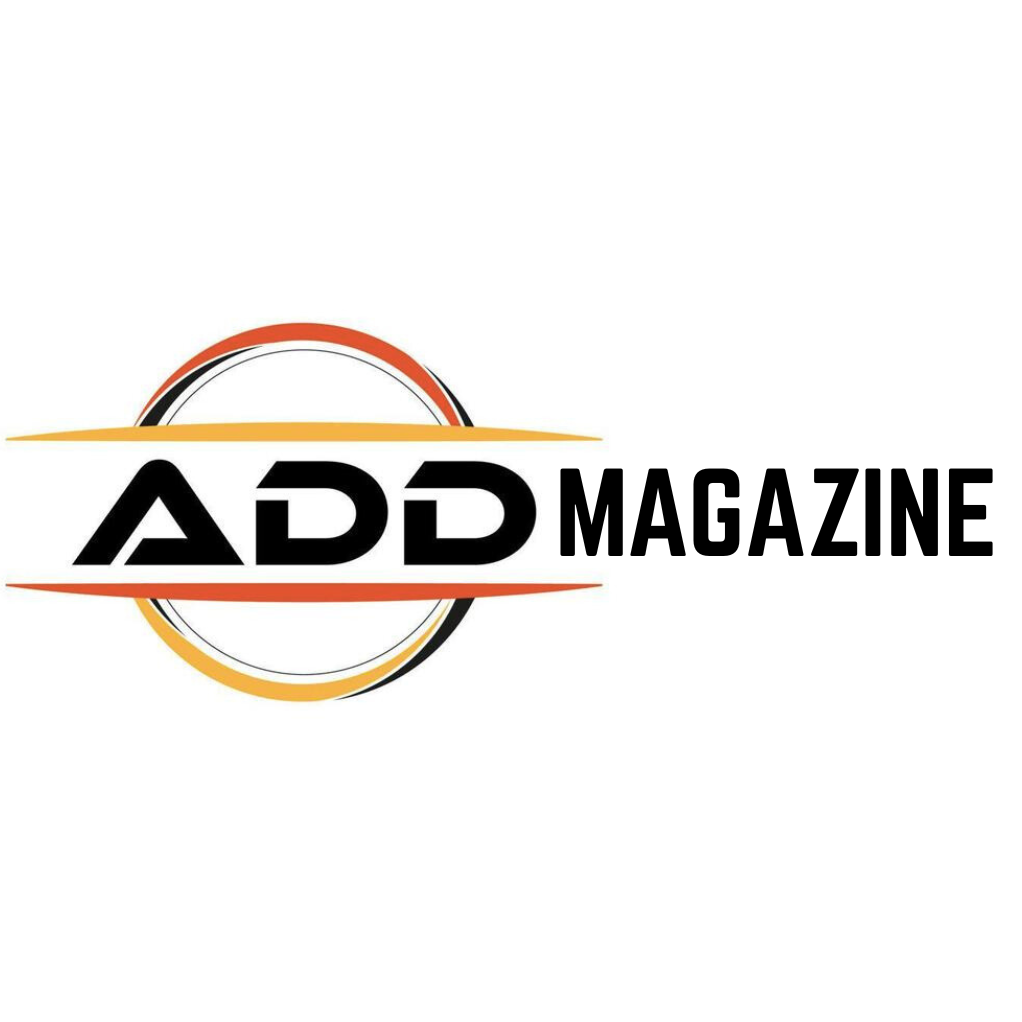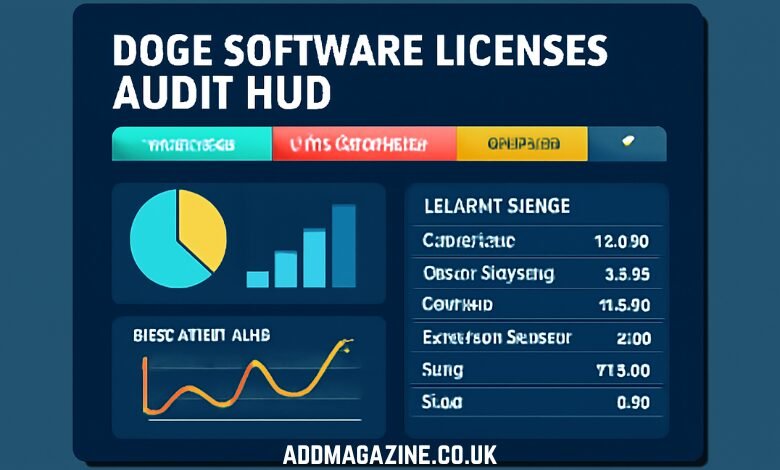In today’s rapidly evolving digital landscape, ensuring compliance with software licenses has become increasingly complex for organizations. As software becomes more essential to business operations, keeping track of licenses, terms, and compliance status is critical. One of the most advanced solutions for managing software licenses is the Doge Software Licenses Audit HUD (Heads-Up Display). This tool is a modern, real-time dashboard that is designed to monitor, track, and enforce software license compliance across both public and private sector organizations.
The “Doge” in this context doesn’t have anything to do with cryptocurrency but symbolizes a developer-friendly, decentralized approach to software management, often integrated with compliance workflows and audit environments. The HUD, or Heads-Up Display, emphasizes a user-friendly visual interface that allows administrators and IT teams to have at-a-glance visibility into the health of their software assets.
This guide delves into the various aspects of the Doge Software Licenses Audit HUD, exploring its features, benefits, challenges, and how it can revolutionize license management and compliance.
What is License Auditing in the Context of HUD?
License auditing refers to the process of reviewing, verifying, and ensuring that the software used within an organization complies with its licensing agreements. This involves checking that the number of software installations does not exceed the number of licenses purchased, ensuring that all terms and conditions of the license are being followed.
When referring to the HUD (Heads-Up Display) in license auditing, we are talking about a tool that visually displays the real-time status of all licenses within an organization. The HUD offers a centralized dashboard that brings together data about software usage, license compliance, and any potential violations in an easily digestible visual format. This dynamic, at-a-glance view enables quick decision-making and swift action in case compliance issues arise.
In the case of Doge Software Licenses Audit HUD, the system performs continuous, automated monitoring of software licenses, reducing the complexity of manual audits, and providing real-time feedback on compliance and license status. With the HUD, administrators and stakeholders can keep track of software installations, usage, and potential compliance risks without sifting through complex reports.
What is HUD (Heads-Up Display)?
A Heads-Up Display (HUD) is a type of user interface that presents information directly in the user’s line of sight, without requiring them to divert their attention from their current task. It is used widely in aviation, gaming, and increasingly in business applications. The primary advantage of a HUD is its ability to provide real-time, actionable information in a format that is easy to understand and interact with.
In the context of Doge Software Licenses Audit HUD, the dashboard interface provides instant visibility into license usage, compliance risks, and potential violations. The HUD can display key metrics such as:
- The number of licenses purchased
- The number of licenses currently in use
- The number of unused or over-allocated licenses
- Potential compliance breaches
All this data is presented in an easy-to-read format that allows managers and IT professionals to assess the situation quickly, make informed decisions, and ensure compliance without manually sifting through data.
How Doge Software Licenses Audit HUD Workflow Operates
The Doge Software Licenses Audit HUD operates through a set of systematic processes that ensure license compliance, optimize resource allocation, and track software usage. Here’s a breakdown of how it works:
1. Developers’ Role
Developers play a crucial role in implementing and integrating the Doge Software Licenses Audit HUD into the organization’s existing IT infrastructure. Their primary responsibilities include:
- Integrating the HUD into software applications and development tools.
- Ensuring that the software used by the organization is being tracked correctly.
- Facilitating updates to the HUD interface for ongoing license management improvements.
Through seamless integration, developers ensure that the platform tracks software usage in real-time and provides necessary data for auditing purposes.
2. Compliance & Legal Teams’ Role
Compliance and legal teams are integral to the proper functioning of the Doge Software Licenses Audit HUD, as they handle the legal implications of software licenses. Their duties include:
- Reviewing the terms and conditions of software agreements to ensure they align with the data captured in the HUD.
- Handling any legal disputes that may arise due to software compliance breaches.
- Ensuring that all software installations and usage follow the licensing guidelines.
With the HUD’s automated audits, the compliance team can receive real-time alerts on any violations, which allows them to act swiftly before legal ramifications occur.
3. CTOs/IT Governance Role
Chief Technology Officers (CTOs) and IT governance teams oversee the overall health of the organization’s software assets and license compliance. Their role includes:
- Overseeing the implementation and configuration of the Doge Software Licenses Audit HUD.
- Ensuring that software usage aligns with organizational goals and IT governance policies.
- Directing resources toward software license optimization, risk reduction, and compliance.
By leveraging the HUD’s capabilities, CTOs can make data-driven decisions to enhance operational efficiency, reduce software procurement costs, and ensure compliance.
4. Government Agencies (e.g., HUD) Role
Government agencies like HUD (Housing and Urban Development) have a significant responsibility to ensure that public funds are used efficiently. Managing software licenses within these organizations can be complex due to the large number of licenses required across various departments. Doge Software Licenses Audit HUD enables government agencies to:
- Optimize software licensing and prevent overspending.
- Ensure that all software is properly licensed and in compliance with contractual terms.
- Track software usage across various government departments, ensuring accountability.
For example, in a government audit, the system might flag an issue where a department has 35,855 ServiceNow licenses but only 84 users. This allows the agency to reallocate or reduce excess licenses, resulting in significant cost savings.
Real-Life Examples of Software License Allocation in HUD
Here are some real-world examples of license allocation and how Doge Software Licenses Audit HUD helps identify inefficiencies:
- ServiceNow licenses: The organization purchased 35,855 ServiceNow licenses, but only 84 users were actively using them. This over-provisioning of licenses indicates a clear opportunity for cost savings.
- Adobe Acrobat licenses: The organization has 11,020 Adobe Acrobat licenses, but there were 0 users actively using them. This represents a complete waste of resources that could easily be identified by the Doge HUD for reallocation.
- Cognos licenses: With 1,776 Cognos licenses and only 325 users, there’s an opportunity to either redistribute unused licenses or renegotiate terms with the vendor.
- WestLaw Classic licenses: The company owns 800 WestLaw Classic licenses, but only 216 users are making use of them. This discrepancy could be resolved by better alignment of software licenses with actual usage.
- Java licenses: With 10,000 Java licenses and 400 users, the Doge HUD helps ensure that these licenses are appropriately distributed and not oversupplied.
Cost Savings and Awareness
The primary benefit of using Doge Software Licenses Audit HUD is the cost savings it offers. By identifying underused software licenses and optimizing license allocation, organizations can avoid unnecessary purchases, leading to significant reductions in IT expenses. The system’s real-time monitoring ensures that licenses are only purchased when needed and used efficiently. Additionally, the awareness gained through the dashboard’s real-time alerts helps organizations quickly identify potential compliance issues, minimizing the risk of fines and legal penalties.
Challenges Addressed by Doge Software Licenses Audit HUD
The Doge Software Licenses Audit HUD solves several challenges that businesses face when it comes to software license management:
- Over-Provisioning of Licenses: Many organizations purchase more licenses than they need. The Doge HUD highlights areas where excess licenses are purchased, allowing businesses to cut costs.
- Manual Compliance Audits: Manual software audits are time-consuming, prone to error, and inefficient. The Doge HUD automates the process, saving time and reducing human error.
- Lack of Real-Time Visibility: Without a centralized tool, tracking software license usage and compliance can be difficult. Doge HUD offers real-time data and centralized visibility, making license management more streamlined.
- Risk Exposure: Without proper software license monitoring, organizations may unknowingly violate licensing agreements, exposing them to legal and financial risks. The HUD addresses this by continuously checking for violations and ensuring compliance.
Conclusion
Doge Software Licenses Audit HUD is an essential tool for organizations looking to optimize their software license management. By automating compliance audits, providing real-time visibility into license usage, and helping businesses make data-driven decisions about license procurement and allocation, Doge HUD enables organizations to streamline operations, reduce costs, and mitigate compliance risks. With the challenges of over-provisioning, manual auditing, and lack of visibility, Doge HUD proves to be a vital solution that organizations can no longer afford to ignore. As software compliance continues to grow in importance, tools like Doge HUD will play a crucial role in ensuring that businesses remain compliant while maximizing the efficiency of their software assets.




